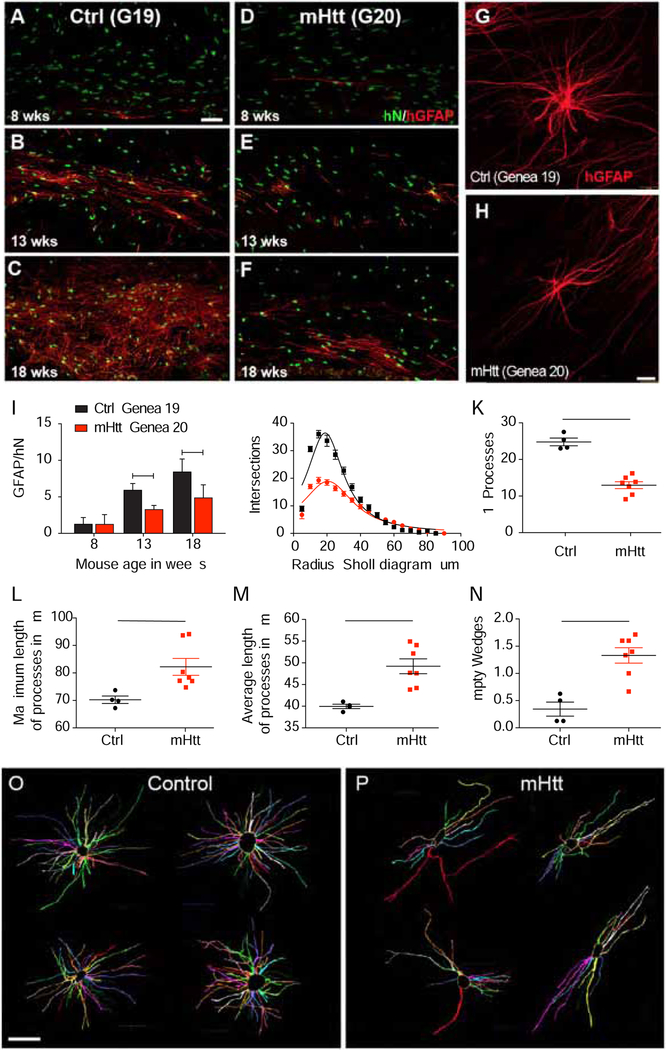Figure 6. Astrocytic differentiation is delayed in mHTT glial progenitor cells.
Astrocytic differentiation was significantly delayed in mHTT glial chimeras. Mice neonatally transplanted with normal HTT GENEA19-derived GPCs began to develop significant donor-derived GFAP+ astrocytes by 8 weeks (A), robustly so by 13 weeks (B), with dense astrocytic colonization of the callosal white matter by 18 weeks (C). In contrast, mHTT-expressing hGPCs derived from GENEA20 sibling hESCs developed astrocytic phenotype more slowly, with little evident GFAP expression at 8 and 13 weeks (D and E), and only modest GFAP+ astrocytic maturation at 18 weeks (F). G-H, The mature astrocytic morphologies of mHTT-expressing and control astrocytes differed, in that mHTT astrocytes typically failed to manifest the degree of radial symmetry of their control-derived counterparts. I, The proportion of GFAP-expressing cells among all donor cells was consistently lower in mHTT hGPC-engrafted than control-engrafted mice. J-K, Sholl analysis of cells traced in NeuroLucida in 3D and shown flattened (O-P), revealed that normal donor astrocytes exhibited greater fiber complexity (J), more primary processes (K), yet shorter average and maximal fiber lengths (L-M), than mHTT-expressing astroglia. N-P, Fan-in radial analysis of volume occupancy (Dang et al., 2014) revealed that mHTT astrocytes had significantly more regions unoccupied by glial processes than did control astrocytes (N; illustrations in O and P), indicating their discontiguous domain structure.
Means ± SEM. *p<0.05; **p<0.01; ***p<0.001 by: I, 2-way ANOVA with Bonferroni’s post-hoc tests; J, comparison of non-linear regressions, p<0.0001; K-N, unpaired t-tests comparing per-mouse average values across all cells scored (n=4 control, 7 mHTT mice). Scale: A-F, 50 μm; G-H, O-P, 25 μm.

